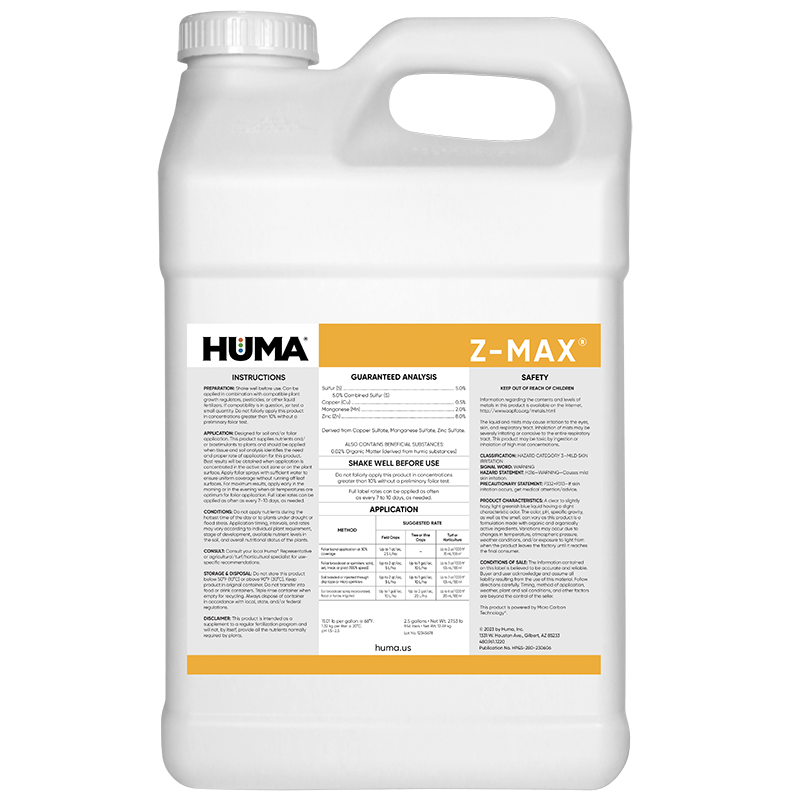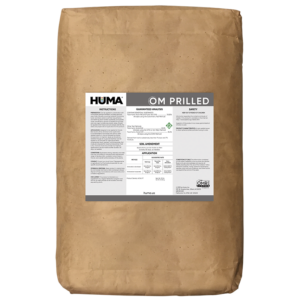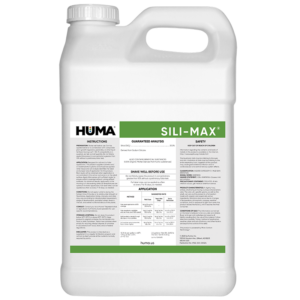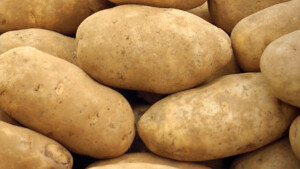Z-MAX®
Benefits of Use:
Benefits of Use:
- Micronutrient source and chemical input tank mix partner
- N-P-K booster
- Nutrient buffer for tank mixes
- Improved plant vigor
- Essential components in chlorophyll, plant enzyme systems, protein and carbohydrate metabolism, photosynthesis, respiration, vitamins, and hormones
- Regulation of N-P-K, water, and plant solubles
Deficiency Symptoms-When to Apply:
- Occurs in alkaline, acid, and low organic matter soils
- Stunting, chlorosis, and poor plant vigor
- Sensitivity to disease pressure
- Poor fruit set
FAQs
Related Videos
Nutrient Requirements for Pecan Trees
Pecan grower Josh Bowman of First Fruit Orchards discusses macronutrient and micronutrient recommendations and timing for pecan trees.
Learn More
Huma® Micronutrients and Secondary Macronutrients
Huma liquid micronutrient and secondary macronutrient fertilizers with Micro Carbon Technology (MCT) are extremely efficient. MCT improves nutrient uptake so you can get the most out of your crops. Deliver micronutrients and secondary macronutrients exactly
Learn More
Huma Gro® Agricultural Products Increase Crop Yield in Mid-South US
Huma Gro® fertilizers and crop treatments increase harvest and profit, control soil salinity, and manage crop disease worldwide. Unlike other farm products, Huma Gro® farming products with Micro Carbon Technology® are more efficient. Huma Gro®
Learn More
Related Products
Related Case Studies
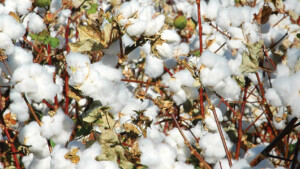
Huma® Breakout® Increases Cotton Production 15% for Johnson Farms
Objective A field trial was conducted to compare using the treatment product Furst™ alone versus using Huma® Breakout® + Furst™ on a Johnson Farms Inc. cotton crop in Glendale, Arizona. Materials & Methods A field of cotton was split into two sections. Section 1 (35.01 acres) was treated with 32 ounces (1 quart) of Furst™

Huma® Breakout® Increases Processing-Tomato Yield With 8:1 ROI
Objective In this study, the Huma® growth manager product Breakout® was evaluated in terms of its effects on yield and quality of processing tomatoes. Materials & Methods In cooperation with the University of California, processing tomato seedlings were transplanted on a farm in Central Valley of California near Patterson on April 4 and then harvested

Zap® Improves Soil Water-Holding Capacity and Soil Structure
Objective Huma® Zap® has been shown to improve crop yield and soil conditions. This report illustrates some of the ways Zap® improves soil characteristics such as water-holding capacity and structure. Materials & Methods In this study, two sets of soil in pots were saturated with either water or 3% Zap® solution. None of the pots
Related Blog Posts

This Week in Ag #37
One of the greatest inventions in history is the combine. The concept of threshing and separating grain in one operation revolutionized our food system, as well as redefined our labor force. Consider that in the mid-1800s, 90% of the US workforce was involved in some aspect of farming. Now it’s under 2%. To think my grandfather harvested corn by hand and threw the ears in a wagon! He used the pull-behind model in the 1940s to harvest small grains (that’s him, Fred Nichols, combining oats on our family farm). My mother still talks about dad wearing a Jesse James style mask while operating their first self-propelled combine without a cab.

Dreaming of a USDA Christmas
USDA’s newly announced $12 billion relief package is meant to serve as a bridge for U.S. farmers facing mounting financial pressure. However, with rising input costs, trade disruptions, and a reliance on record subsidies, many growers will spend their checks before they even arrive.
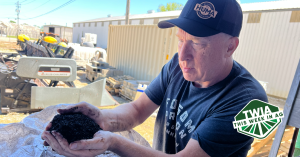
This Week in Ag #62
Last week my wife and I frequented a rather posh coffee shop in Gilbert, AZ. I was wearing my “God Made a Farmer” t-shirt, likely not common attire for such a place. Yet the number of compliments I received about it was astounding. The well-to-do clientele ranged from fancy-iced-coffee-drinking twenty somethings to retired couples. But the tenor

